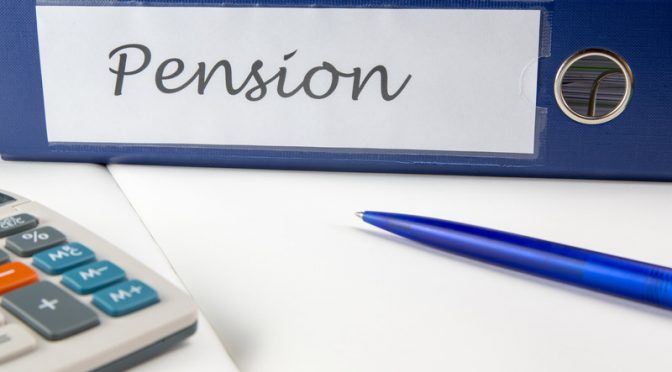
Employers need to be ready for the increased auto-enrolment pension contributions which apply from April 2019. How do the changes affect you?
Pension Contributions
Pension Contributions
As part of Auto Enrolment legislation, the minimum contributions for qualifying schemes are increasing on 6th April 2019. The table below shows the minimum contributions you must pay and the dates by which they must come into effect:
| Date Effective | Minimum Employer Contribution | Employee Contribution | Total Minimum Contribution |
| Present to 5th April 2019 | 2% | 3% | 5% |
| 6th April 2019 onwards | 3% | 5% | 8% |
The earnings trigger will continue at £10,000 per annum or the pay frequency equivalent and all eligible employees, aged 22 or over and under state pension age must be contributing to your workplace pension scheme, unless they have opted out.
Important points to remember
- If you do not make the changes, or, fail to pay across the correct contributions in the required timescale, your pension provider may notify both The Pensions Regulator and your affected employees. This could result in The Pensions Regulator taking action which could include a fine.
- You must inform all workers that you operate a workplace scheme; including those who are currently not eligible
- It is illegal to encourage employees to opt out or cease membership.
Re-enrolment duties
The Automatic Enrolment duties include ‘re-enrolment’ tasks that must be carried out at the three-year anniversary of your staging date. The re-enrolment tasks include:
- Choosing are-enrolment date
- Identifying which workers to reassess
- Re-enrolling relevant workers
- Making are-declaration of compliance to The Pensions Regulator (TPR)
Choosing a re-enrolment date
The re-enrolment date must be within the six-month window as noted in correspondence you will receive from TPR in relation to this.
Identifying which workers to reassess
You must reassess all workers who have been previously categorised as eligible jobholders and therefore enrolled into your pension scheme automatically; but are no longer a member of your pension scheme. Their membership may have ended because they opted out during the joining window or chose to leave the scheme.
Automatically enrolled workers who opted out less than 12 months before the re-enrolment date need not be reassessed.
The assessment process is the same for re-enrolment as it was for the initial automatic enrolment.
Re-enrolling relevant workers
If any worker meets the criteria for an eligible jobholder, you must re-enrol into your pension scheme automatically. The enrolment process is the same for re-enrolment as it was for the initial automatic enrolment and contributions must be calculated using the relevant percentages, noting the changes above; and deducted and paid over accordingly.
Making a re-declaration of compliance to The Pensions Regulator (TPR)
This is due within two calendar months of the re-enrolment date. The re-declaration of compliance process is the same for re-enrolment as it was for the initial automatic enrolment. TPR continue to provide an online service for completing your declaration.
Future developments
In December 2017, the Department for Work and Pensions (DWP) published its review and proposals for future Auto Enrolment policy. Their proposals included:
- Lowering the age threshold for automatic enrolment from 22 to 18 years of age
- Removing the Lower Earnings Limit so:
- more low earners and those in multiple jobs are able to opt in and benefit from employer contributions
- pension contributions are calculated from the first pound of earnings
- Testing a number of approaches to enable the self-employed to participate in pension saving
- Encourage the pensions industry, employers and wider government to collaborate on achieving better engagement with private pension saving.
The report stated the Government’s ambition to implement this package of changes in the mid-2020s,and that the reforms would increase lower earners’ private pension provision by over 80%.
In the Autumn 2018 budget, the Government announced that the DWP would publish a paper on its approach to increasing the participation of the self-employed in pension saving.
For more information about your pension scheme and the details in this article, please contact nigel.atkinson@hghyork.co.uk or clare.walker@hghyork.co.uk or call 01904 655202.







